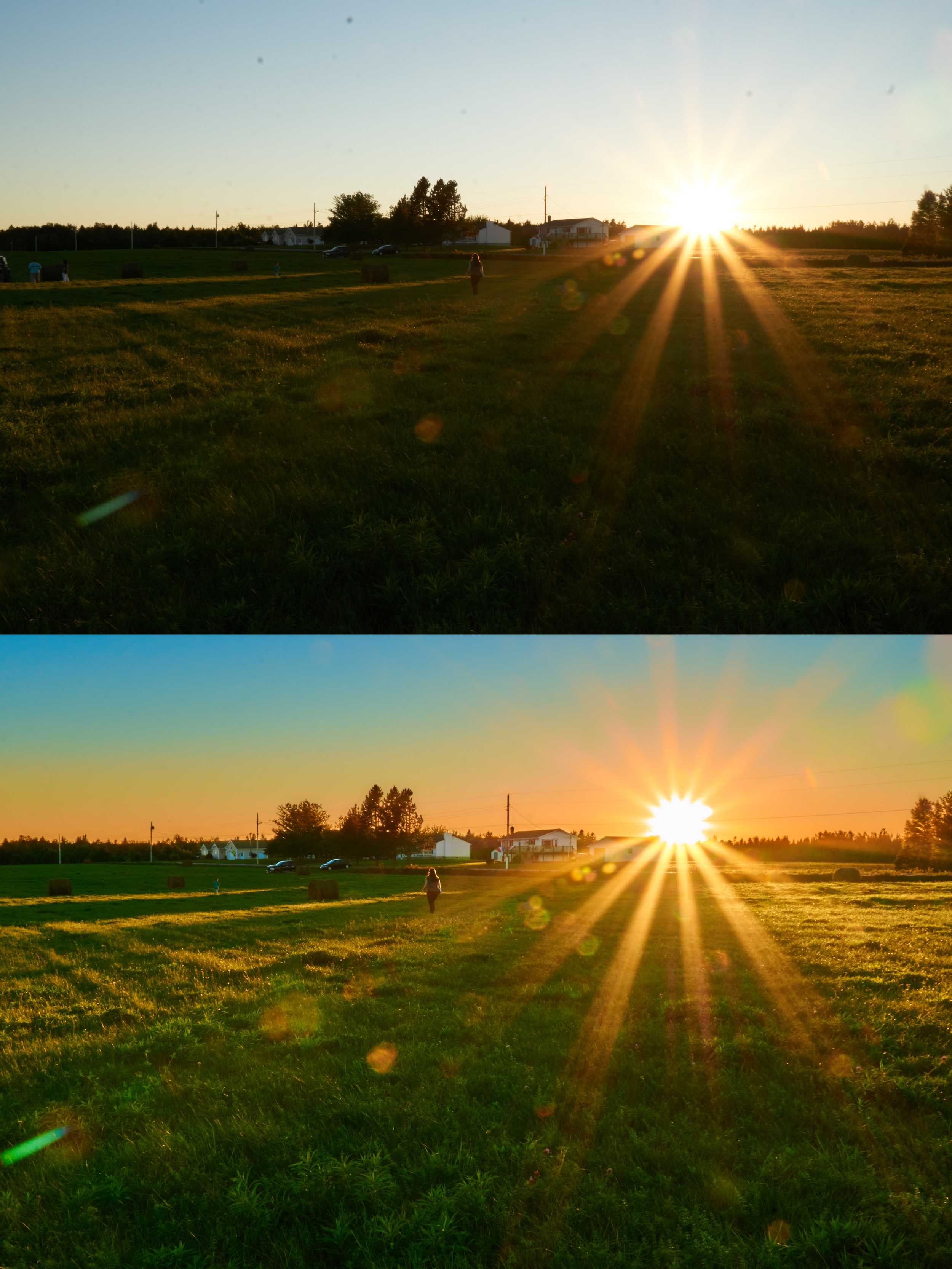Photo Editing
There are a lot of things involved in being a photographer: advertising, social media, photo editing, networking... and actually taking pictures, to name a few. While doing all these things, it's easy for a photographer to lose sight of the fact that clients don't necessarily realize what goes on after we've pressed the shutter button and taken a picture. During a wedding consult one day, I had a client ask me if I would be editing any of the pictures I would be providing to them.
"Of course! I edit all of the pictures that I give to you!"
To me, that might seem like the most obvious thing in the world, to not provide a paying client photos that haven't been edited yet. Many photographers provide clients with unedited 'proofs', then clients select from those photos which ones they will order, and those photos will be edited. Although that's not my business model*, in the end is the same result: the client isn't given photos that haven't been 'finished' through editing.
When they hear the word "editing", some people immediately might think of fixing mistakes. That's not necessarily the case. Although sometimes it does have to happen, more often than not, it's something much more subtle than that.
Take this first image for example:
There was nothing “wrong” with this picture. I wanted to preserve the green fields in the background of the flowers because it painted a nice contrast to the flowers themselves. Were this photo taken with a point and shoot or an iPhone, the background would have completely “blown out”, or nothing but white. Shooting it a little darker, and in RAW format (which contains a much larger amount of information than a standard JPG a consumer camera would typically produce), allowed me to pull the colours back into the image and preserve the impression of what I saw on that day.
Then a little cropping to bring out the details of the lace and flowers, (and likely lots of little tweaks you probably won't even notice unless you knew about them), and the image is done!
Speaking of fixing exposure, this next photo is an example of why it isn’t a great idea to have a photo shoot around noon. With the sun high in the sky, and no shadows or cover anywhere in sight, dark shadows are cast on people’s faces and bodies. It’s not flattering, and the sky is usually lost in its mid-day brightness in comparison the the subjects of the photo.
After some work, and carefully exposed initial photography (the likes of which is really only possible to easily do with a mirrorless camera like I use, instead of a DSLR), and then some heavy lifting in editing, the original vision of the photo is preserved.
Then with a little tricksy cropping, the swamp that they were standing in is turned into a beautiful, grassy field!
Here are a few more edits. Some of them are more tricky than others, as sometimes I actively choose to take a photo in a challenging situation, knowing that I'll have to do some work afterwards to bring out the image in my mind. Click to enlarge the photos and see a description of the work done on each:
In the end, every single photo my clients receive is edited. It can be in a small way or a big way, but not a single one goes by without being carefully considered.
*For my business model, a client pays for a shoot up front, and then all good photos from that shoot will be fully edited and provided to them in full quality after they are completed at no extra charge. It's all a part of the service.






